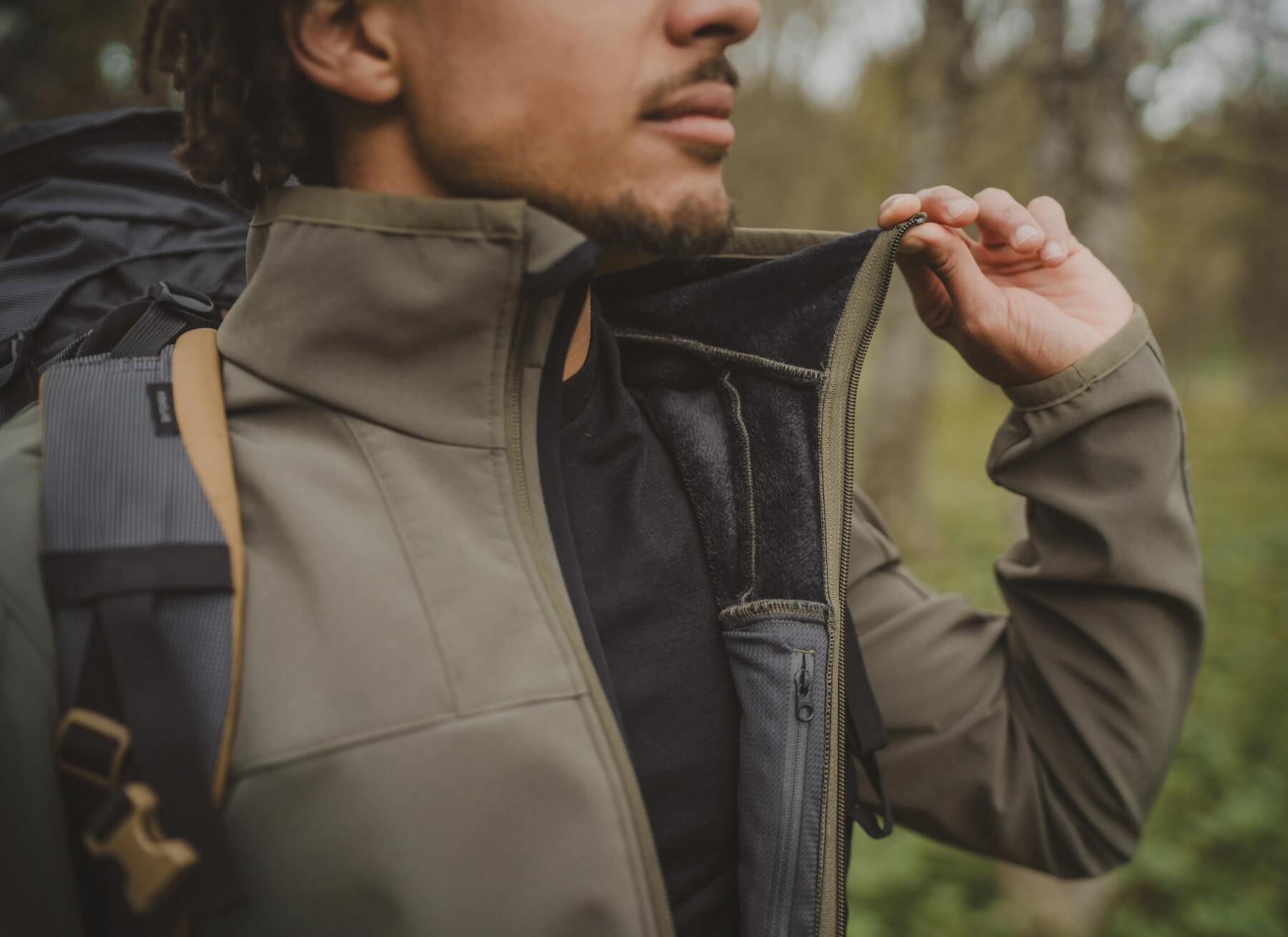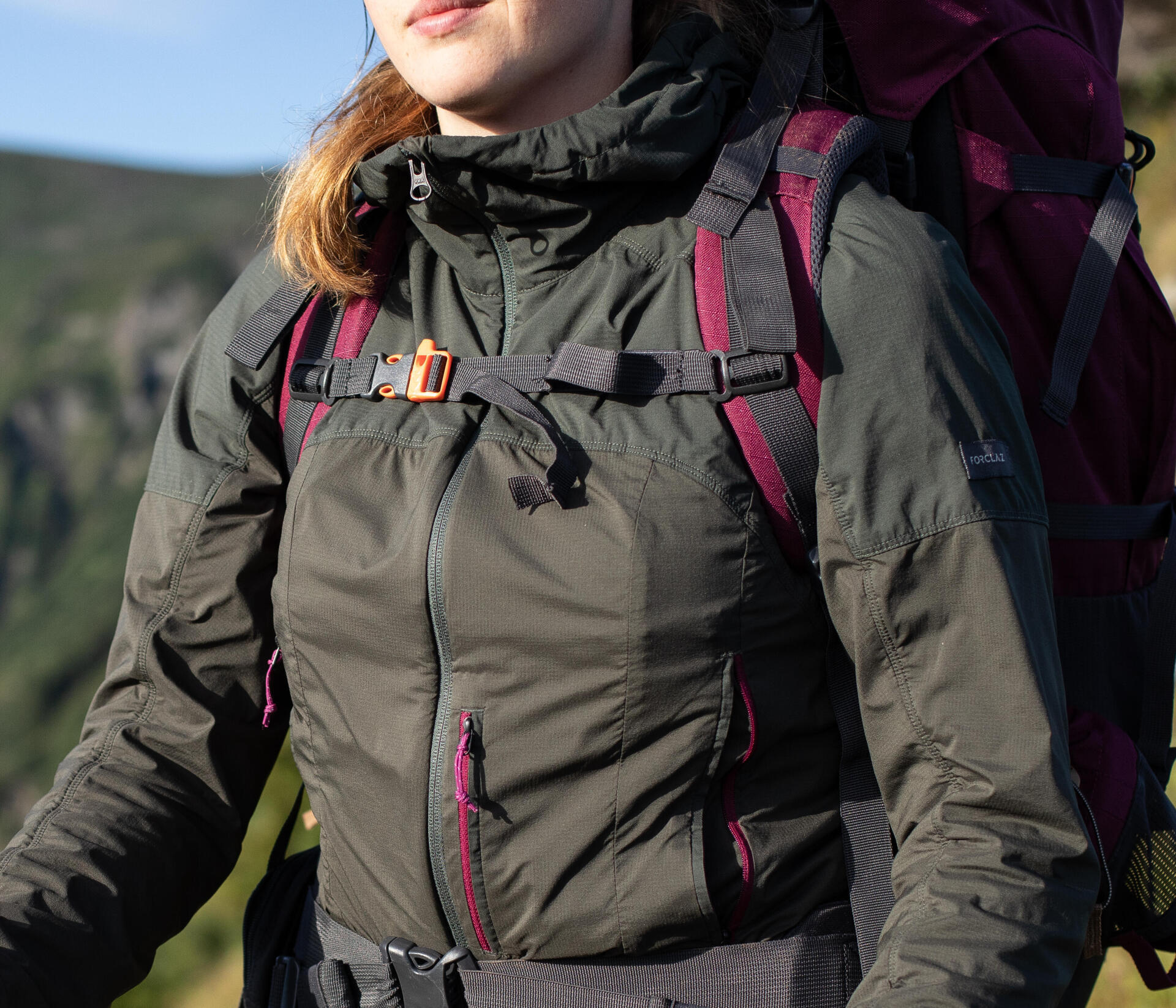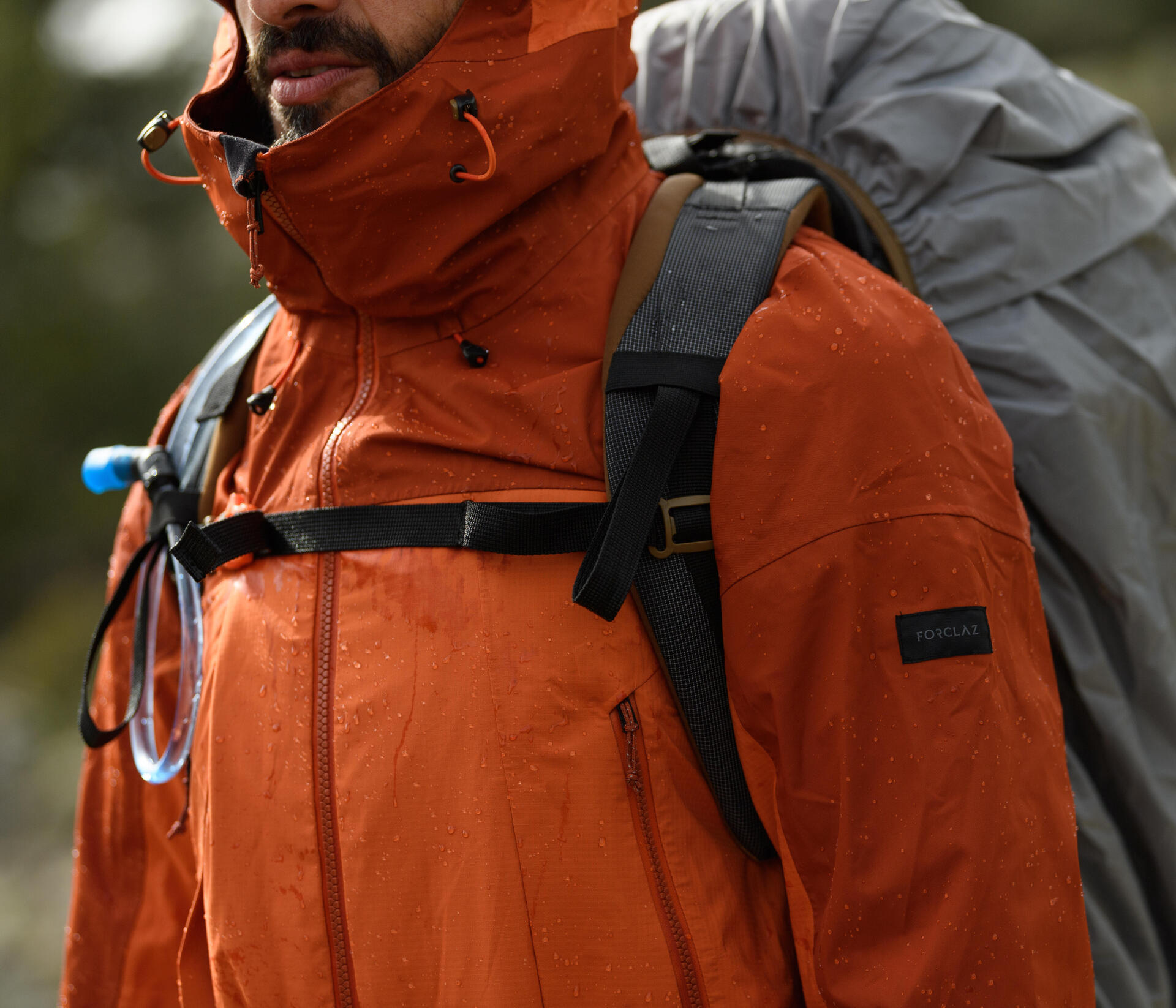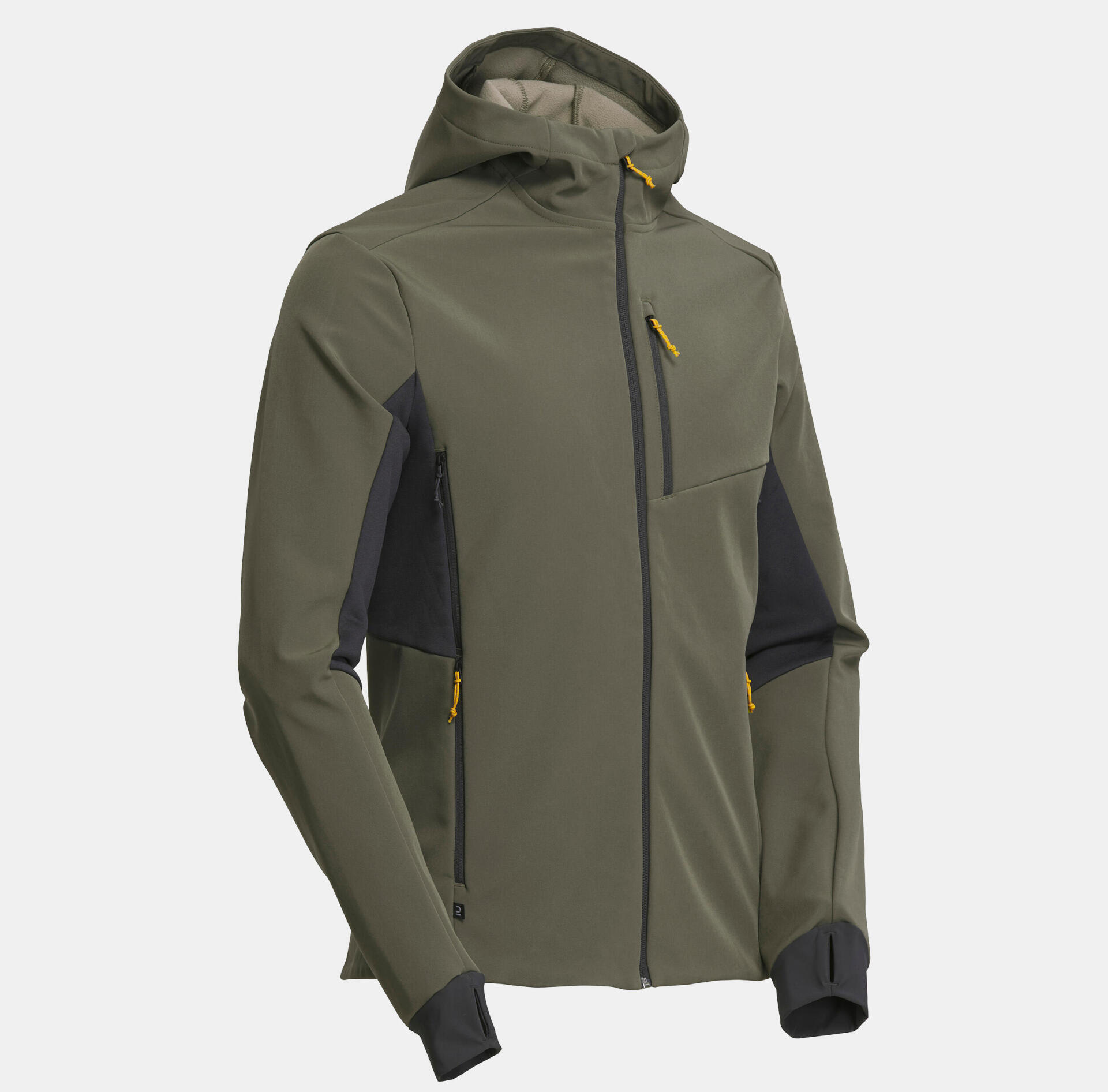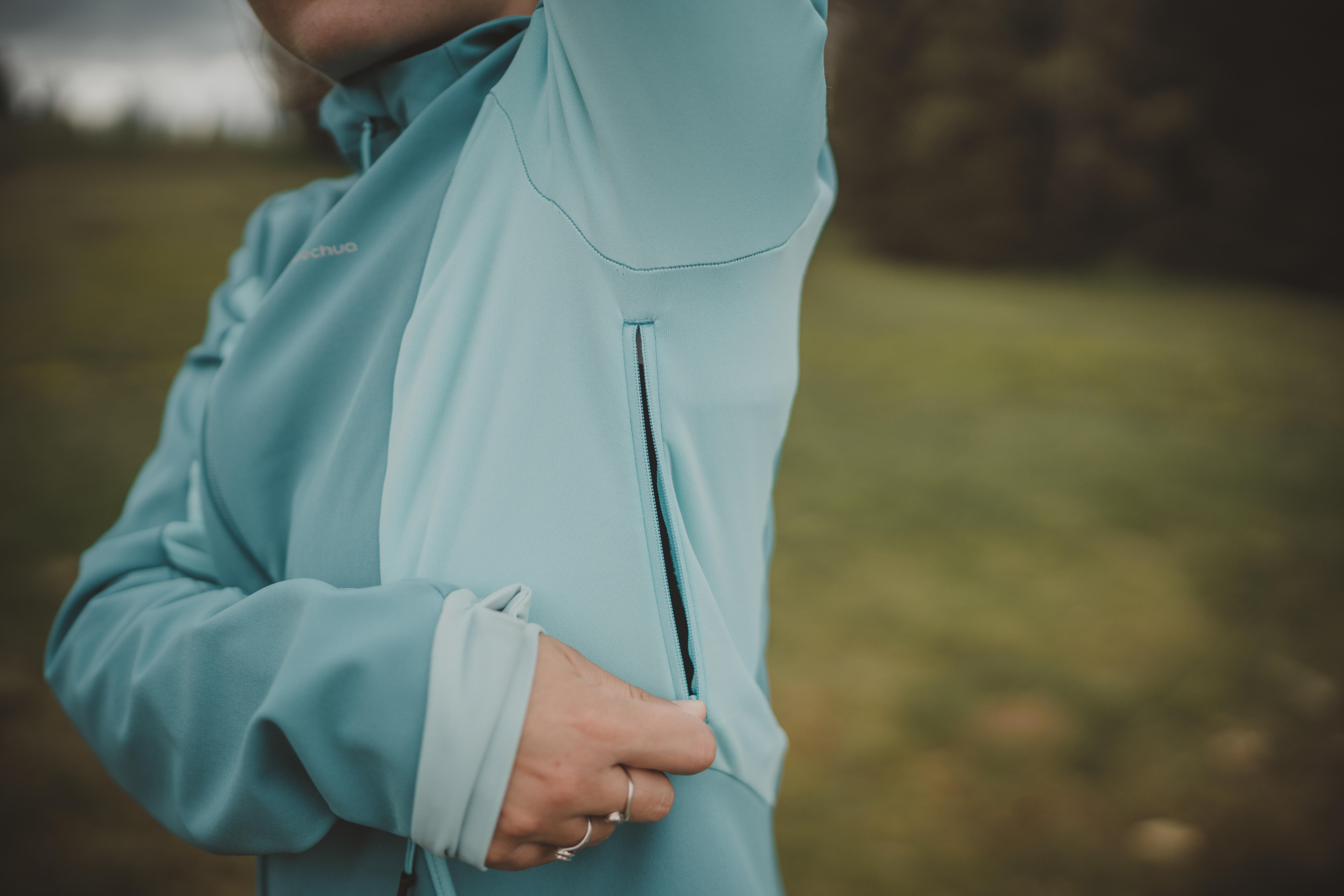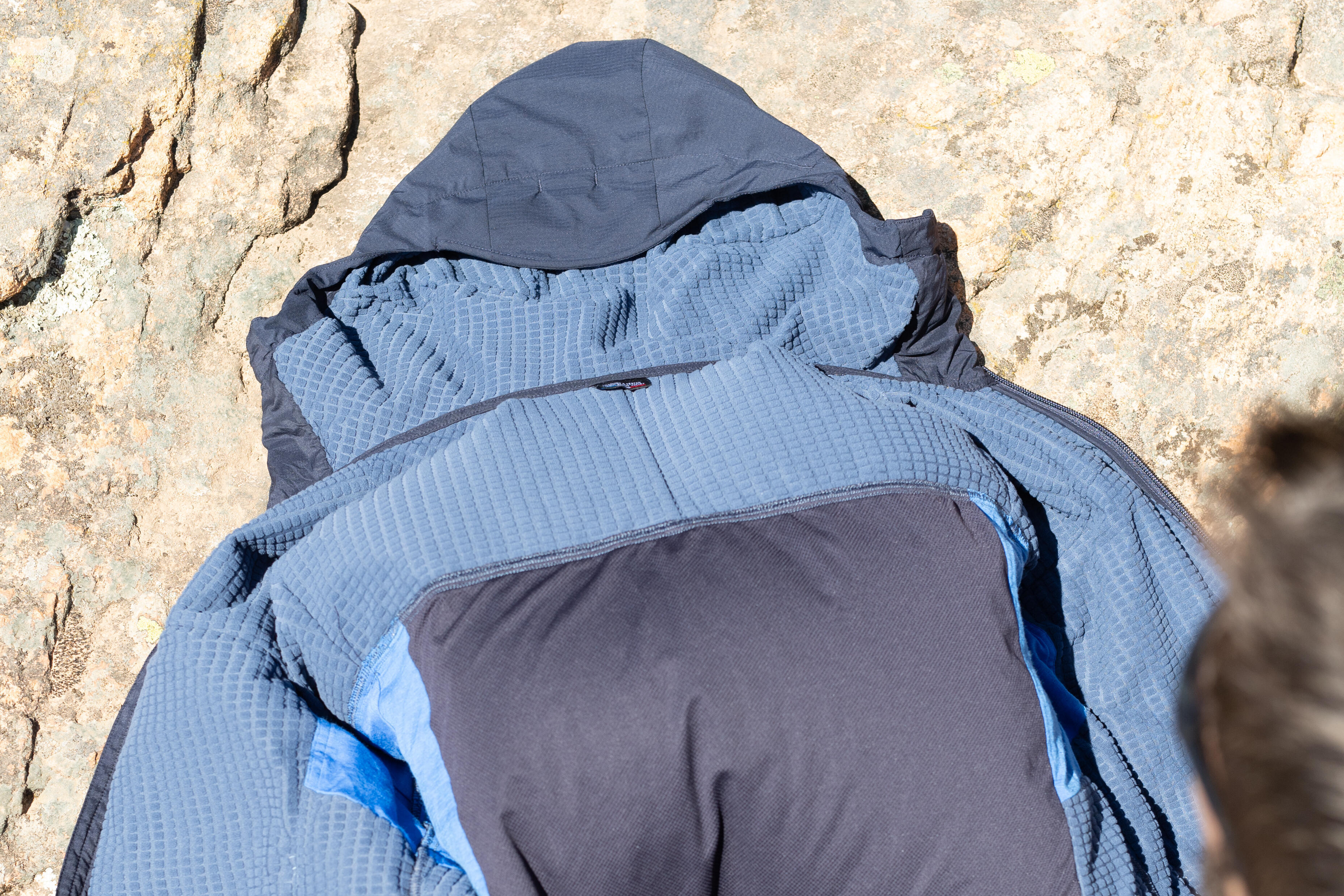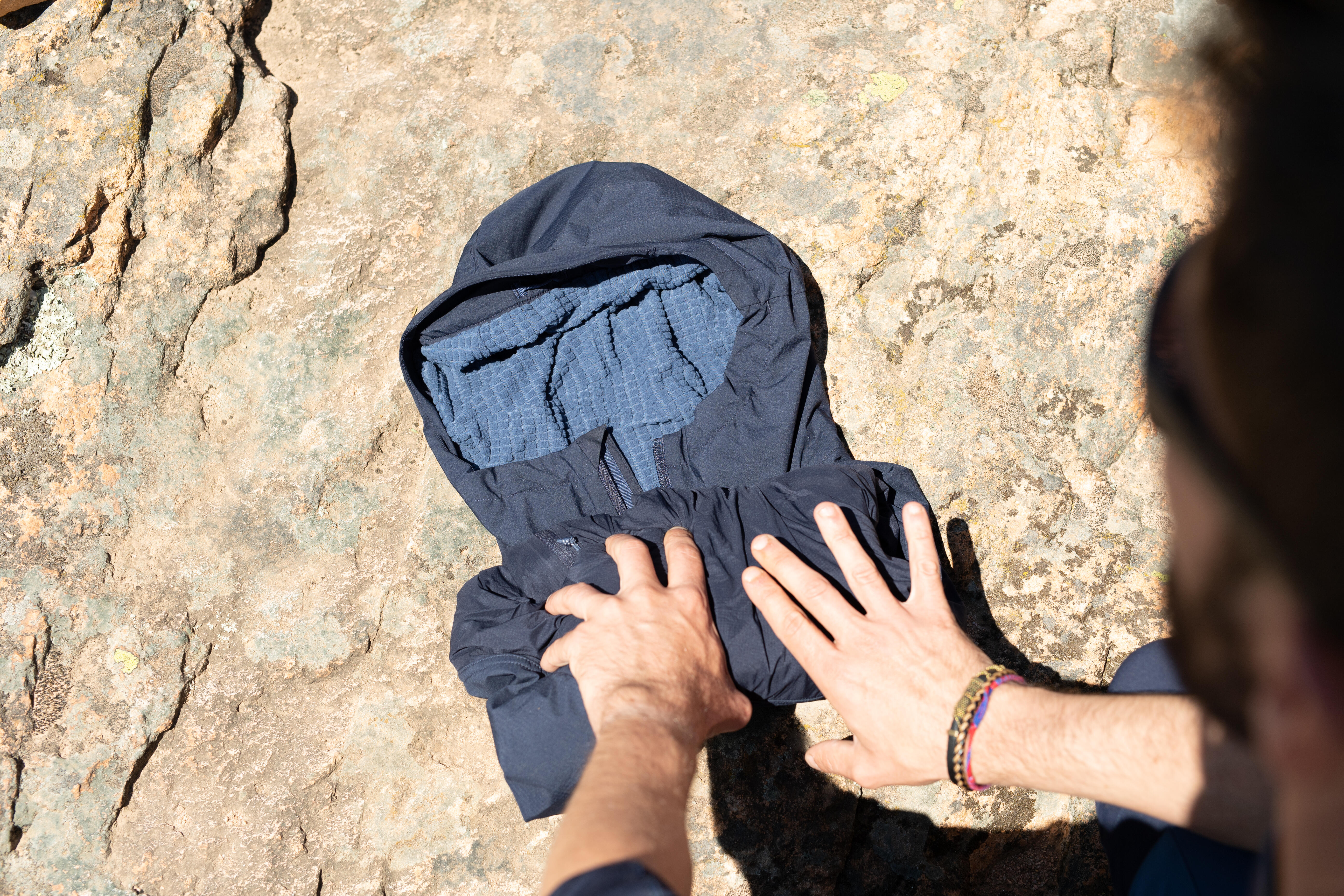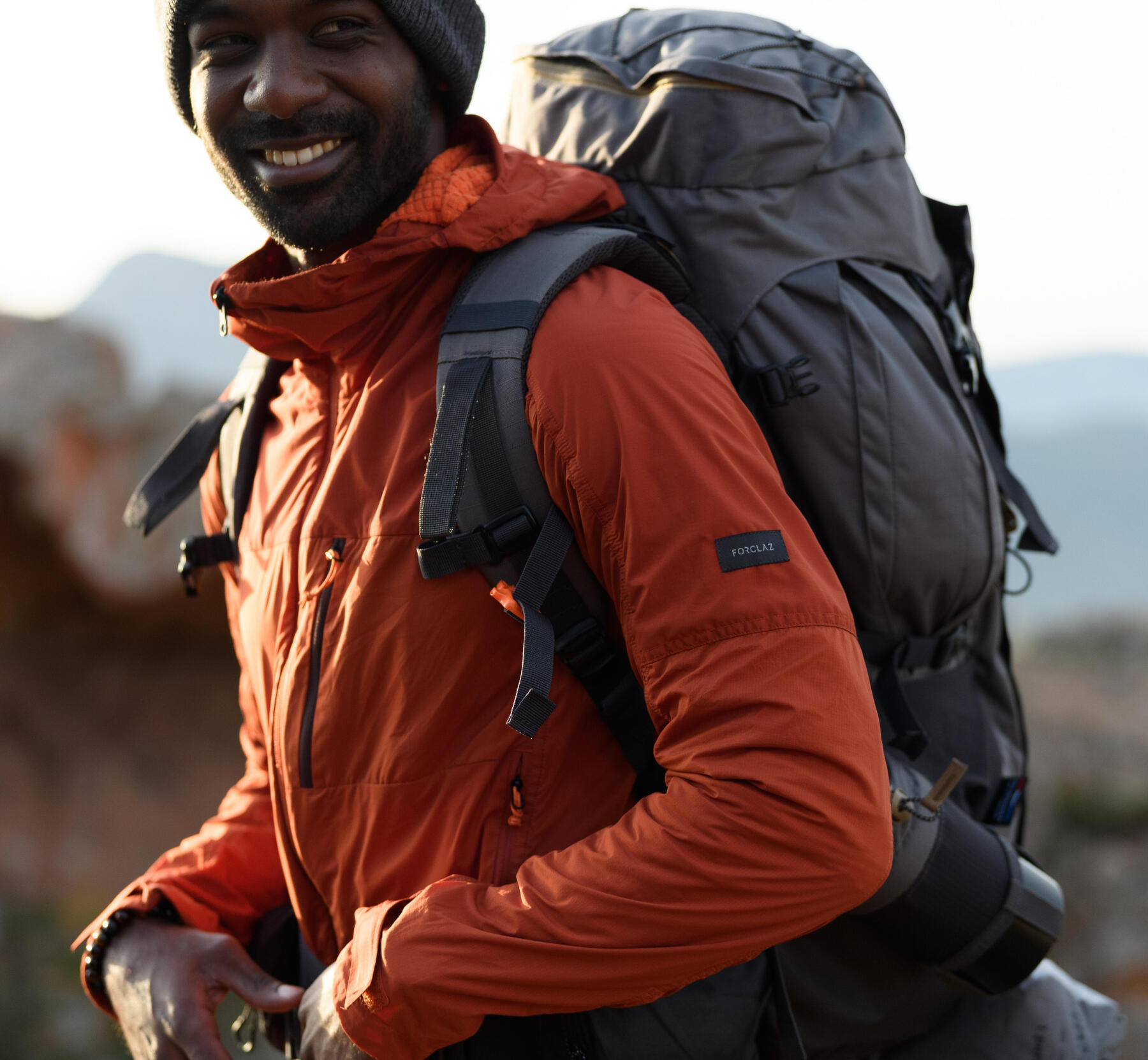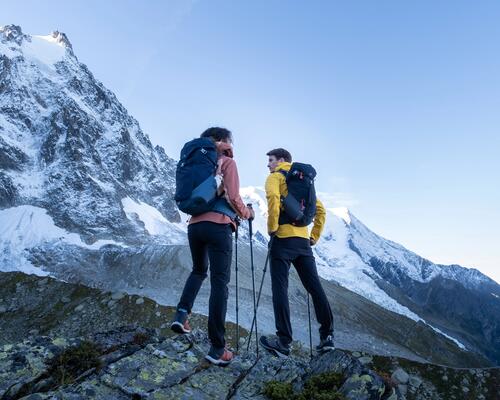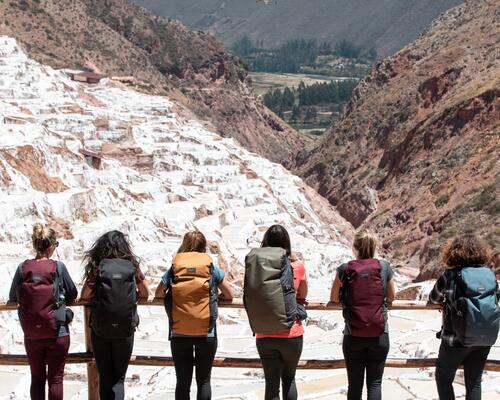1. What is a softshell jacket?
A softshell jacket is a type of garment and not a fabric or material. Versatility is its major asset. Perfect for mid-season, you can use it as a second or third layer depending on your needs. Some models have a fleece lining which completes its good thermal insulation. With its water-repellent coating, it will protect you from light rain while wicking away perspiration. The performance of the jackets will vary depending on the chosen model. This type of "softshell" can also be found on trousers and gloves.


